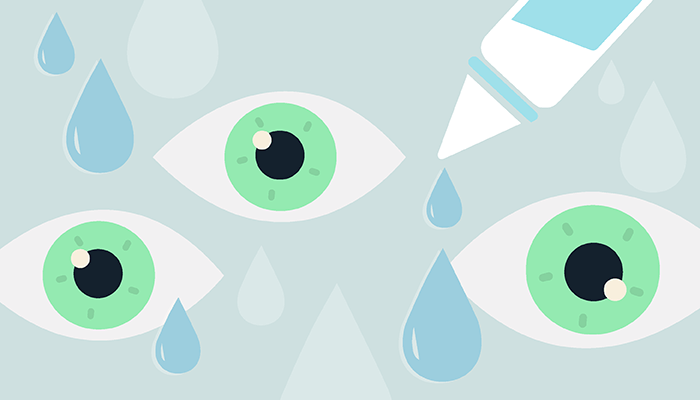
Although ocular lubricants and various prescription medications already exist for the treatment of dry eye disease (DED) – such as Lifitegrast, topical cyclosporine (CsA), limited-duration topical corticosteroids, and oral tetracycline antibiotics – there has so far been no medication that directly targets one of the leading causes of DED: excessive tear evaporation.
MIEBO — a perfluorohexyloctane ophthalmic solution known throughout Phase III trials as NOV03 – is the first FDA-approved eye drop to address tear evaporation at the ocular surface. “MIEBO is designed to mimic a key function of natural meibum. Meibomian glands produce meibum, a lipid-rich secretion that forms the tear film lipid layer and helps to maintain a healthy ocular surface,” explains Preeya Gupta, cornea and cataract surgeon at Triangle Eye Consultants and Chief Medical Officer at Surface Ophthalmics. “Anti-inflammatories and immunomodulators are the current standard of prescription care for DED, targeting only two of the three key contributors – aqueous deficiency and inflammation – while leaving excessive evaporation unaddressed. Treating evaporation as the underlying source of DED signs and symptoms could help break the cycle of chronic disease and restore ocular surface homeostasis.”
MIEBO was developed by Bausch + Lomb and biopharmaceutical company, Novaliq GmbH. Based on consistent results from two consecutive 57-day Phase III trials – GOBI (1) and MOJAVE (2) – that enrolled 1,217 patients with a clinical history of DED and signs of meibomian gland dysfunction (MGD, a major contributor to tear evaporation), the water- and preservative-free medication was found to meet both primary sign and symptom efficacy endpoints. Patients experienced a statistically significant reduction in Visual Analog Scale (VAS) eye dryness score in both trials, as well as significant reduction in total corneal fluorescein staining (tCFS).
There were some adverse reactions to the drug during the trials, notably blurred vision (1.3-3 percent of participants) and eye redness (1-3 percent of participants). In the MOJAVE trial, ocular adverse events (AEs) were experienced by 12.9 percent of patients, but these were mostly mild or moderate in severity, with blepharitis (mostly mild) being the only adverse reaction to occur in more than one percent of participants (1.6 percent). In the GOBI trial, no serious ocular AEs occurred, but one patient did discontinue with the medication because of an eye irritation.
“MIEBO is our first prescription pharmaceutical eye treatment to be approved by the FDA since May 2022,” says Andrew Stewart, President of Ophthalmic Pharmaceuticals at Bausch + Lomb. “We are currently focused on making MIEBO available to eye care professionals and their patients with DED in the second half of 2023. Our goal is to make it affordable and accessible to patients, and we’re actively working with payers and health insurance plans in order to get MIEBO on formularies as soon as possible.”
References
- J Tauber et al., “NOV03 for Dry Eye Disease Associated with Meibomian Gland Dysfunction: Results of the Randomized Phase 3 GOBI Study,” American Academy of Ophthalmology, 130, 516 (2023). PMID: 36574848.
- J Sheppard et al., “NOV03 for Signs and Symptoms of Dry Eye Disease Associated With Meibomian Gland Dysfunction: the Randomized Phase 3 MOJAVE Study: NOV03 for Dry Eye Disease Associated With Meibomian Gland Dysfunction,” American Journal of Ophthalmology, [Online ahead of print] (2023). PMID: 36948372.
